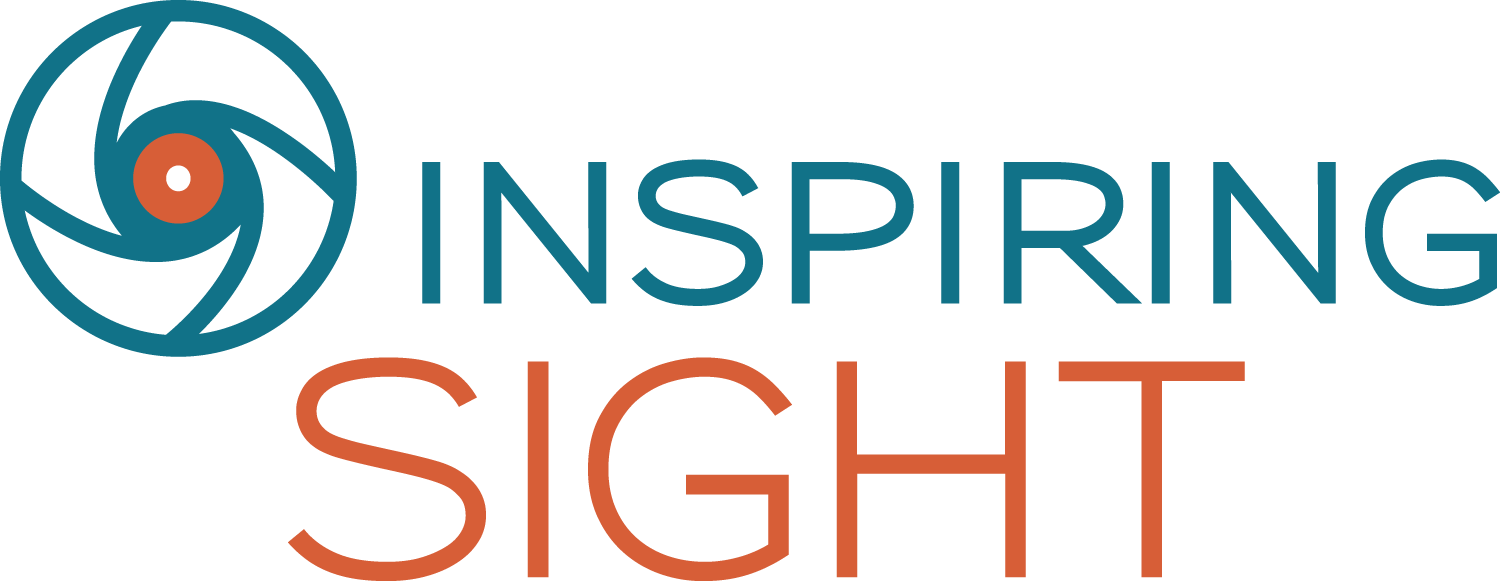Conquer VUCA with New Approaches to Age-Old Strategic Planning
VUCA, Volatility, Uncertainty, Complexity, and Ambiguity, coined by leadership development theorists, Warren Bennis, and Burt Nanus, was first used in 1987 as a frame for the U.S. Army War College response to the collapse of the USSR in the early 1990s. Fast forward to 2018, where a Forbes Magazine article outlined how VUCA is now reshaping the business environment, and just a few years later in 2021, where VUCA appears to be the blueprint for the future. But what does that really mean?
In a nutshell, the VUCA age requires new approaches to age-old processes, growth and open mindsets, broader perspectives and thinking on your feet.
Regardless of sector, things are changing at the speed of light and by change, I don’t mean what, I mean how. Some basic guidelines can help your organization shift its approach & stay relevant.
Basic guidelines:
Empower employees to make decisions by ensuring they clearly understand how what they do aligns with your strategic plan. Decisions can’t wait for committees or hierarchical processes
Speed matters more than perfection in the VUCA age. If you wait to perfect, the circumstances may have changed already
Simple rules for making quick decisions rather than perfect analysis. Change doesn’t wait for perfection
A New Approach to Age-old Strategic Planning
For the past two years, organizations have been seeking help creating one-year goals to tie them over until more certainty arrives and/or until they are ready to update their strategic plans. When strategic planning is utilized as a living, breathing document, organizations would already be assessing and adapting as a part of routine and have no need for a reactive response. What tends to happen instead, is a disconnect between the strategic plan and the day-to-day. The plan is created and then people go back to work, often doing activities & programs just because they are in the plan and until the strategic plan is next updated without understanding if their actions are moving the organization in alignment with their strategic plan.
Strategic planning has a history and reputation for being a one-day event with a one-time cost every 3-5 years instead of an interactive map. I liken a strategic plan to a travel plan. While traveling, the unexpected almost always occurs and forcing travelers to adapt and change routes in order to reach their destination. To new-age your strategic planning approach in an age of VUCA, increase your organizations’ resiliency in the face of change and level-up your ability to adapt strategy in real time, incorporate these guidelines into your strategic planning processes,
1. Strategic Plan as the Map
Teach all employees how to utilize the strategic plan as the litmus test for all organizational decision-making.
2. Incorporate Vision Metrics
The board sets the vision metric and staff implement activities that help them achieve it.
A vision metric answers the question, “If you implement all the activities under each of your strategic directions, what will you see happen as a result of your work?”
3. Design measurements with built-in feedback loops
Assess how useful your data is mid-way through the first year toward understanding if what you are doing will help you achieve your vision metrics. Ask questions, assess, and adjust. Set next years’ goals based on what you’ve learned. Rinse and repeat.
4. Accountability coaching
Shorten the gap between where you are & where you want to be, maximizing your return on investment for strategic planning by ensuring your plan gets implemented. A trained coach is unbiased and asks meaningful questions for teaching you how to evaluate your data, and decision-making processes. You organization will be more alive, awake and engaged and will uncover issues before they are problems. Accountability coaching is especially important for organizations who struggle moving from strategy to action and implementation.
These new approaches will support your organization’s resilience toward volatility, uncertainty, complexity, and ambiguity and prepare you for whatever comes your way.

